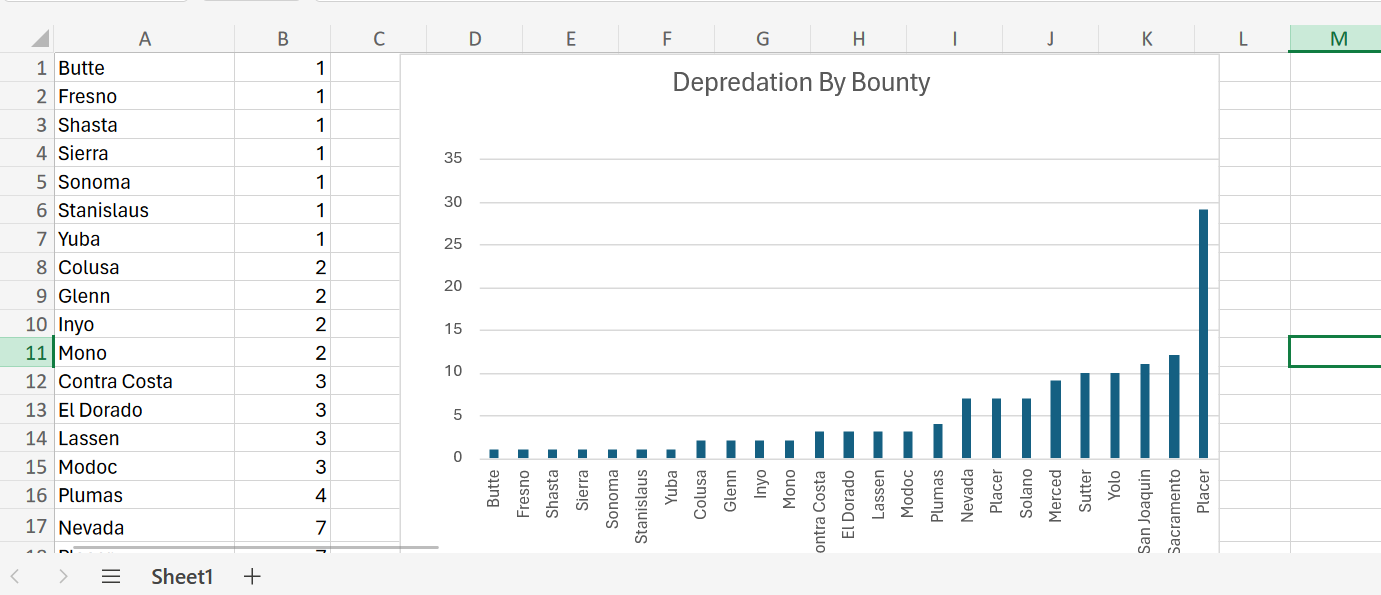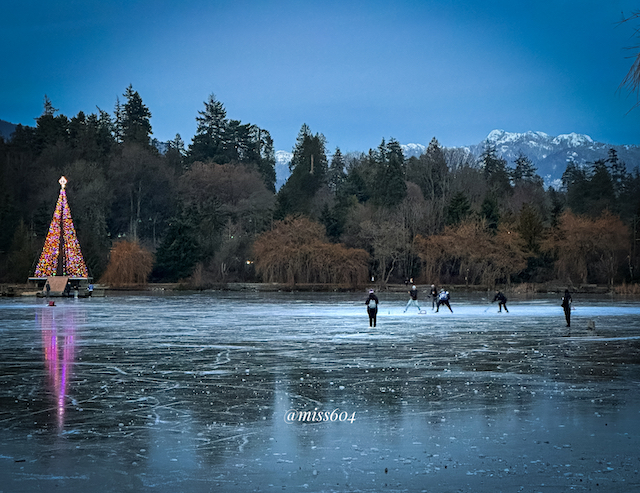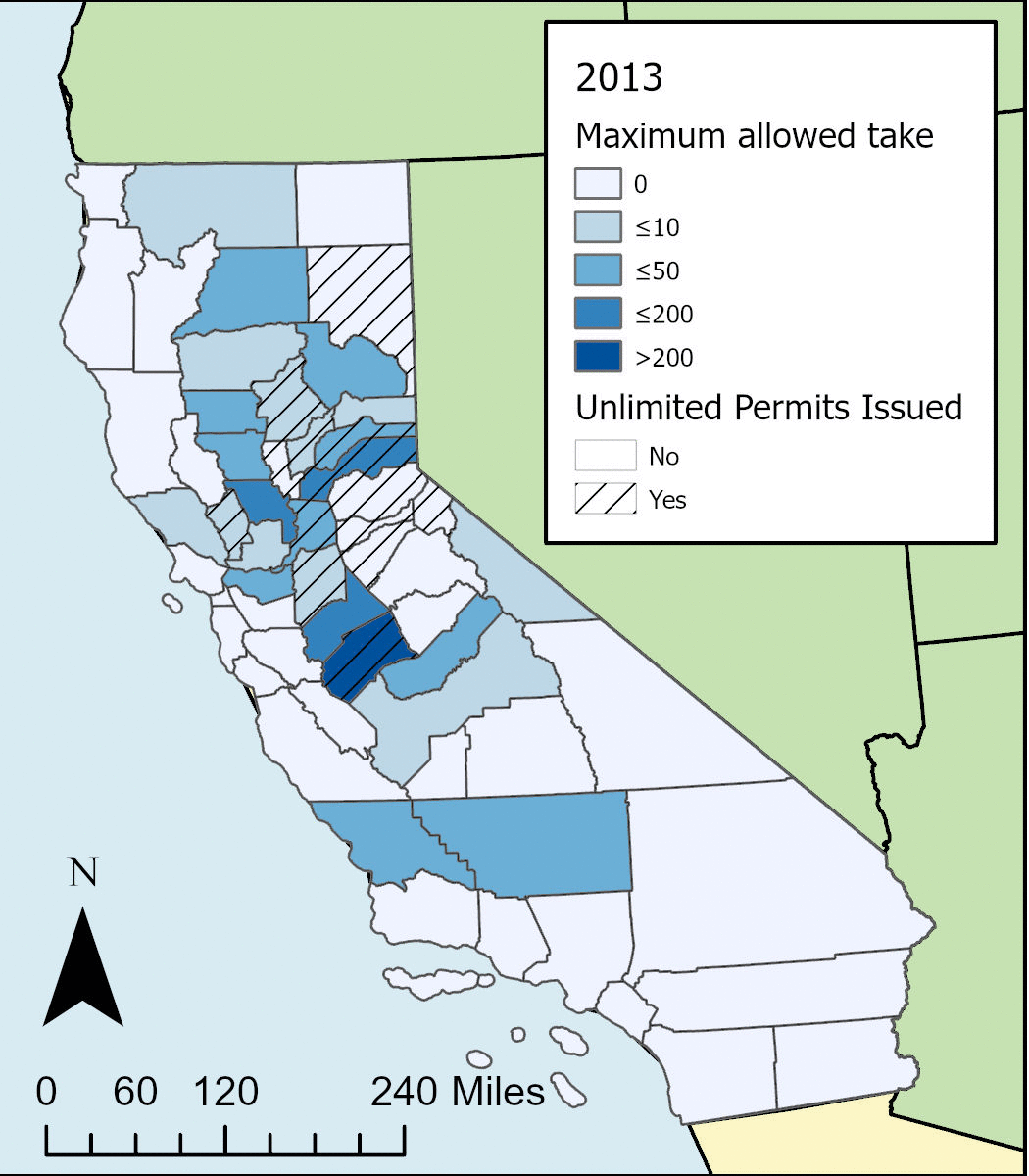
Month: January 2024
The words used in this article made me worried that they were inventing their own method rather than using someone who knows the trade. I heard from people that they did hire an expert and that the reporter just got the lingo wrong. Hurray!
City of Corvallis works with beaver populations to mitigate flooding
Our industrial little neighbors, the beavers, are essential for the Corvallis ecosystem in many ways, but their dams can cause some problems in the city if left to their own devices.
The Public Works Department collaborated with Parks and Recreation, Benton County and Mary’s River Watershed Council to design a dam leveler, which they believe to be the most effective way of preventing flooding and preserving the beaver’s habitat.
Beavers are semi-aquatic mammals that tend to live near rivers, streams, lakes, farm ponds, swamps and other wetland areas. Where there are beavers, there will be dams across streams to create a pool where the beavers can build a “beaver lodge” to live in and protect themselves from predators, according to Smithsonian’s National Zoo and Conservation Biology Institute.
, I LOVE when cities work with beavers instead of trapping them. And I love it even more when they work with experts who know what they’re doing.
The City of Corvallis Public Works department has spent a considerable amount of time clearing beaver dams that block water flow in urban streams, causing flooding in urban areas, according to Patrick Rollens, public information officer for the City of Corvallis, and has struggled to find a more permanent solution to the flooding without completely removing beavers from urban areas in recent years.
While a dam leveler may sound like an invasive solution, it is really just a small series of pipes that allow a small amount of water to flow through a part of the beaver dam. The pipes allow the beavers to continue to build their habitat surrounding the leveler, all while letting water drain to prevent an ever-increasing flood zone, according to Rollens.
Flowing through the whole city are networks of urban streams, which are maintained by the Public Works department. These waterways stretch through urban developments, commercial projects and parking lots, and are where the beavers typically construct their dams.
“Some urban streams go through natural areas, these areas have various types of wildlife, the wildlife enhances that part of the creek and brings tons of ecological benefits to the Corvallis community,” Rollens said.
Now see I like this. Streams benefit cities and wild streams and wildlife in streams are essential and improve public cohesion. But you’re in OREGON for God’s sake. Can’t you find someone who knows what they’re doing?
In 2023, beavers in Corvallis received more coverage than usual, according to Rollens, which brought the issue of creating a cohesive ecosystem into the public eye. Once the project was complete, many people became worried about the beavers and protecting their habitat.
However, “Only a few short weeks after the installation of the dam leveler, the beavers, being industrial little guys, had completely built around the pipe and have made it a part of the ecosystem,” Rollens said.
Sarah Koenigsberg writes they did hire professionals, and Reese was involved as part of her Beaver Corp training installations. In this situation it’s an incredibly narrow creek and there are multiple pond levelers along it. This is an instance of a journalist just not quite using the correct words.
Good. Expert work requires experts.
Turns out the new beaver landscape in California isn’t all that new.

As you can see the vast majority of beaver depredation still happens in Placer County. The region issues more permits and permits good for more beaver than anywhere else in the state.
I am currently slogging through map coordinates to get the same info about cities. All the places where beavers were killed in California. It makes me think of those freeway shrines people put out to show where a fatal accident occurred. If those were installed when beaver are killed they would be everywhere there is water and several places where there isn’t.
I remembered to check the website to see if there was mention of my upcoming talk. No pressure or anything…
FRIIENDS oOF SAN PEDRO VALLEY PARK

Return of the Engineer
Saturday, February 3 at 7:00 pm – 8:00 pm PST
Please join us via Zoom on Saturday, February 3rd at 7 pm for an informative discussion about the return of the beaver to our present day environment. Europeans decimated the beaver population in North America by the end of the 1800s. They hunted the animal for its water-resistant fur, used felted beaver fur for hats, and used castoreum in making perfumes. Heidi Perryman will discuss the return of beavers (Castor canadensis) to our landscape, what it means to our creeks and infrastructure, biodiversity, and resilience to climate change. Even if it is possible, is it beneficial to coexist with an animal that can chew down the landscaping we use tax dollars to plant? Is there any value to sharing our streams with a creature that can block culverts and flood roads? Tune in and let’s find out.
About the speaker: Heidi Perryman, Ph.D., is a child psychologist who became an accidental beaver advocate when she started  filming the beavers that showed up in her hometown in 2006. She served on the beaver subcommittee and started the organization “Worth A Dam” to advocate for their safety and educate others about their value in the watershed. Heidi organized the first beaver festival in 2008 an annual event which has since become one of the largest nature festivals in northern California. She has been particularly interested in the way that the beavers’ struggle has connected residents more closely to their environment, to their city government and to each other.
filming the beavers that showed up in her hometown in 2006. She served on the beaver subcommittee and started the organization “Worth A Dam” to advocate for their safety and educate others about their value in the watershed. Heidi organized the first beaver festival in 2008 an annual event which has since become one of the largest nature festivals in northern California. She has been particularly interested in the way that the beavers’ struggle has connected residents more closely to their environment, to their city government and to each other.
 I am next to useless in cold weather. But the Canadians are always busy. This was a fun look at how Vancouver is managing the colder months…
I am next to useless in cold weather. But the Canadians are always busy. This was a fun look at how Vancouver is managing the colder months…
A Beaver and Pond Hockey in Downtown Vancouver (PHOTOS)
 didn’t think that my winter walk on the edge of Downtown Vancouver could get more quintessentially Canadian than when I spotted a beaver after watching some pond hockey players adorned in toques glide around Lost Lagoon.
didn’t think that my winter walk on the edge of Downtown Vancouver could get more quintessentially Canadian than when I spotted a beaver after watching some pond hockey players adorned in toques glide around Lost Lagoon.
Chris, a beaver expert from the Beatty Biodiversity Museum UBC told the Stanley Park Ecology Society:
 The beavers’ work can easily be seen on the walk, from the trees which they have knocked down to the lodge which they have built. Looking out onto Lost Lagoon, Chris explains how “lots of people call them dams, but the one here is actually a lodge. The beavers here actually don’t really make their dams as much because it doesn’t really freeze, so they don’t have to worry about creating deep water.”
The beavers’ work can easily be seen on the walk, from the trees which they have knocked down to the lodge which they have built. Looking out onto Lost Lagoon, Chris explains how “lots of people call them dams, but the one here is actually a lodge. The beavers here actually don’t really make their dams as much because it doesn’t really freeze, so they don’t have to worry about creating deep water.”








































